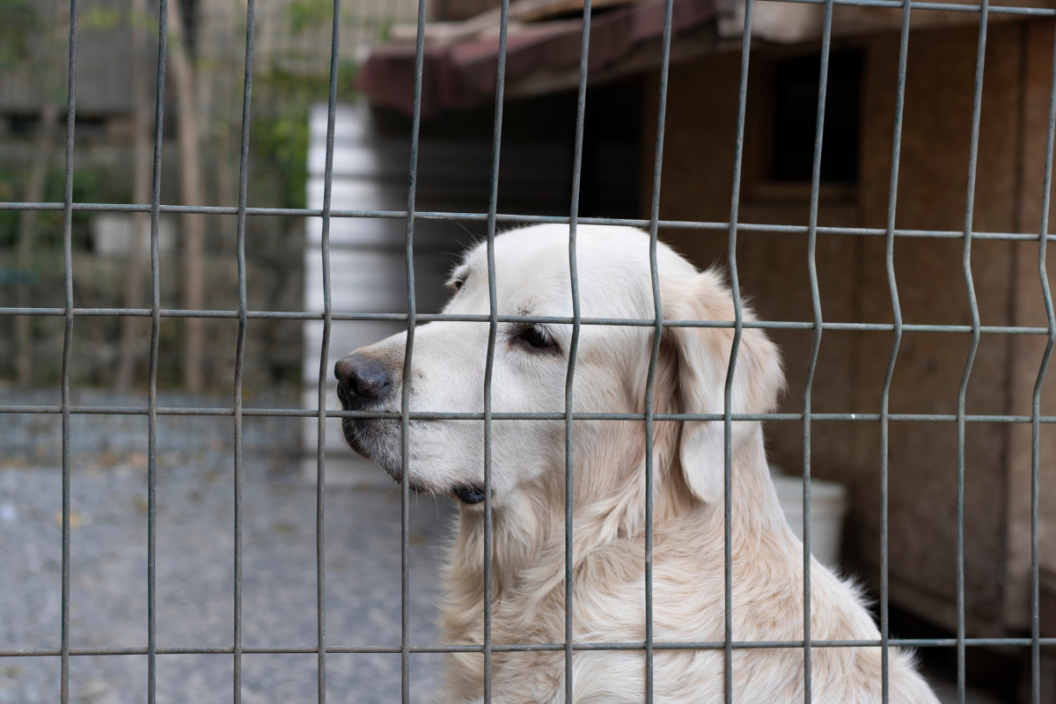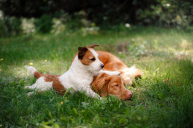Rescuing a dog can be one of the most rewarding things you'll ever do, but it comes with a unique set of challenges. Some dogs may have a hard time adjusting to their new home, while others display behavioral issues that have never been addressed. The most common issues with rescue dogs are often a result of the difficult life they had before, so the key to loving and training a rescue dog is to come armed with the appropriate knowledge. Adopting these pups requires patience and hard work, but understanding their behavior can go a long way towards helping them adjust to their new home.
Each rescue will also have a specific set of difficulties to keep in mind that stem from breed characteristics, size, and age. These common hurdles are experienced by all dog owners, regardless of if your dog is a rescue dog or not. For example, old adult dogs are going to be a bit ornery, regardless of how they were trained and raised. This can be caused by external pain, or loss of sight or hearing that results in them being spooked easier, as well as health issues. These dogs might have lived through multiple foster homes, making good behavior partially at the mercy of any previous training methods used. The same goes for small breeds. They have their own specific attitude and behavior issues, and house training can often be difficult. Some of these issues are ingrained in each dog based on their lineage and can never be resolved fully.
Rescue dogs have a few common obstacles that they face due to neglect, abuse, or both. These get layered on top of whatever special breed quirks they have in their DNA, and suddenly you've got your hands full! A big part of loving a rescue dog is understanding why they behave the way they do. If you can understand why they might be acting unfavorably, you have a better shot at being able to re-train your rescue in their new life. When bringing home a rescue dog, don't expect a quick transition. These pets need extra time to adjust and learn about their new environment, so you should puppy-proof your house even if it's an older dog. With time and care, your new pooch will become a beloved part of the family. Here are a few common issues with rescue dogs and how you can help.
1. Food Aggression and Resource Guarding
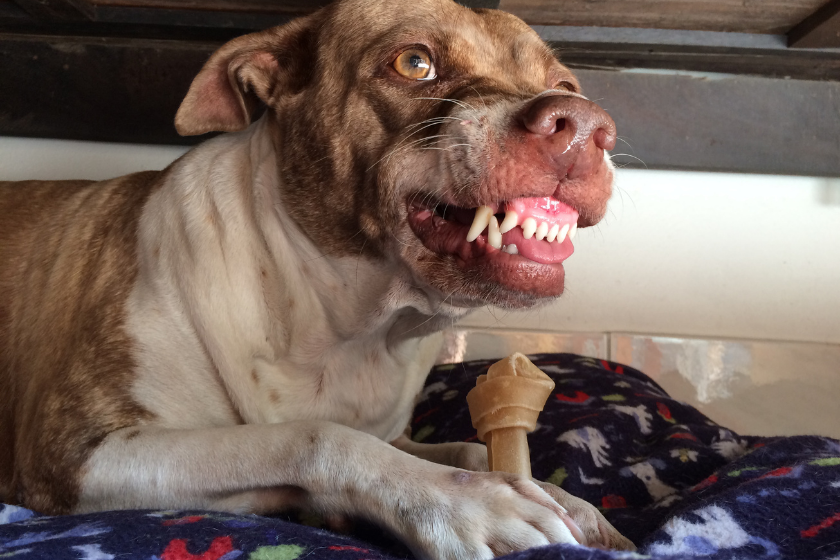
Food aggression can be big issue with rescue dogs and sometimes prevents dogs from going to homes with children. Dogs that have been neglected or living on the streets for an extended period of time tend to become protective of their food. Some dogs outgrow this behavior after spending time in a loving home, putting on weight, and realizing that no one is going to take their food away. Other dogs need to be crated when they get fed for this reason. Most dogs that are adopted out of shelters have been tested to see if they show signs of food aggression. If it's an issue, the adoption counselor will usually let you know—but some dogs may not showcase food aggression until they are in a new environment.
Resource guarding is similar to food aggression, but it extends to other objects and even people. In older rescue dogs that have primarily been strays, this reactive instinctual behavior will often resurface in the form of guarding toys, beds, people, or anything else that's important to the dog. Proper trainer and working with an animal behavioralist can repair aggressive behaviors and help a rescue dog transition into a new home successfully.
2. Fear
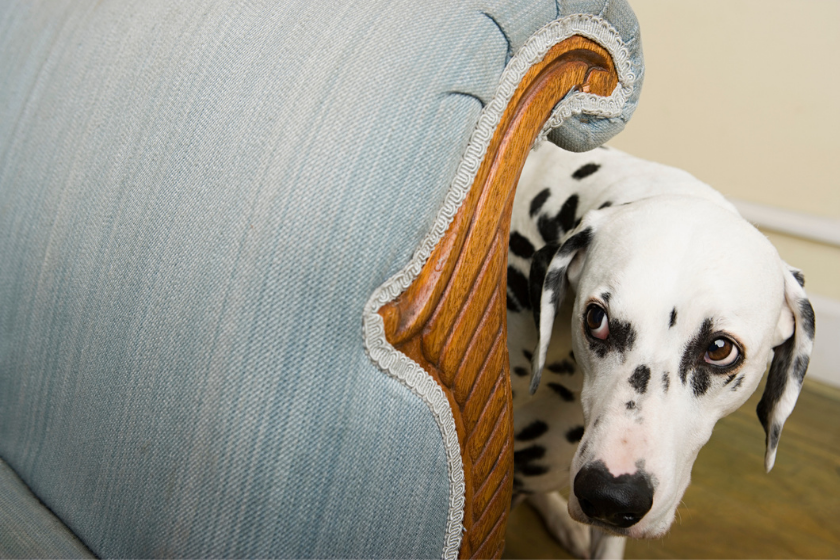
Fear is a common and unique hurdle for each individual dog. Every dog has different fears, different levels of fear, and different reactions to that fear. Much like humans, dogs have a fight or flight response when faced with fear, and that can become dangerous. If a dog responds to fear with a fight response, potential owners could be put at risk. A dog responding to fear with a flight response is an issue as well. When left alone, dogs have been known to chew through walls to get away from whatever is scaring them. If they're outside or on a leash, they might try take off. (This is one reason it is important to microchip your pets.)
There are a number of ways to help dogs with their fears through training, positive reinforcement, and exposure. A dog behaviorist can also help you with fear-based behavioral problems.
3. Discipline

Disciplining rescue dogs is never easy. Whether it's a pointed finger or a sharp command, these dogs may react differently than other dogs. It's important to focus on positive reinforcement, and your dog will eventually learn to trust that you're not going to hurt them.
4. Training
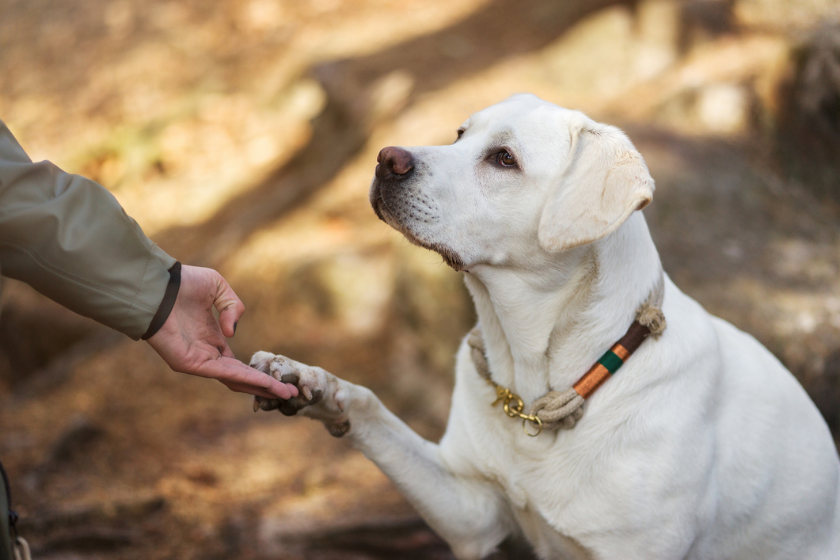
You may have to train rescue dogs to do things that most dogs their age would already know how to do. Some need to be taught how to play with toys or go potty outside, while others might need to learn how to take a bath or walk on a leash. These are milestones that don't seem as important to non-rescue dog owners, but they are a big deal to rescue pet parents.
5. Socializing

Depending on the background of the rescue, socialization with humans or dogs can prove difficult. This is largely based on the history of the specific rescue dog and how they were treated or introduced to humans and dogs. Socializing can be achieved in many different ways, and it is up to you to find a way that works for both you and your pup. Some dogs benefit immensely from exposure therapy. You'll also need a strong understanding of canine body language so you can monitor your dog's comfort level. Repeatedly putting the dog in the situation that makes him nervous will eventually get him comfortable with the stimuli. For other dogs, this does not work and only makes them more nervous.
Other dogs benefit from activities like a dog park that can slowly introduce them to new stimuli and environments over time and in gradual increments. This gives extremely nervous or fearful dogs a chance to gradually warm up to something that puts them on edge.
6. Housebreaking and Marking
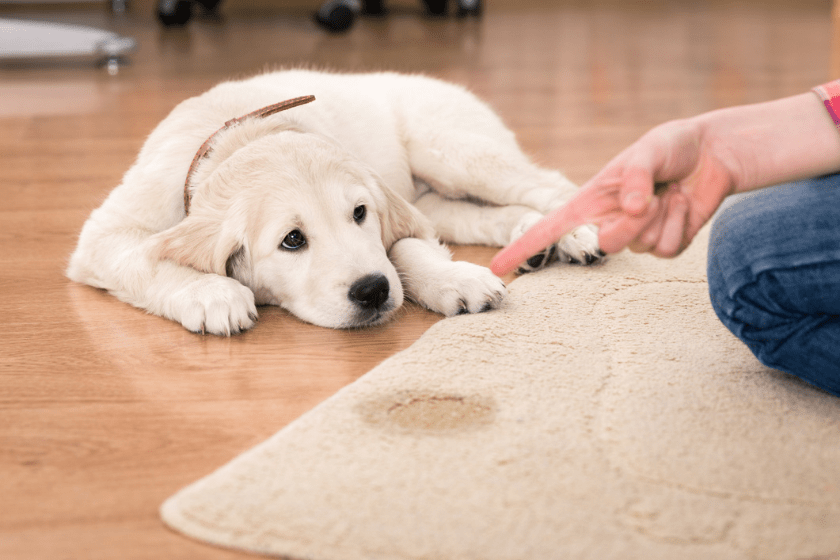
For shelter dogs that have never been taught where to go to the bathroom, housebreaking can be a big rescue dog behavior that sometimes lands dogs back in the shelter. More often than not, they have been reprimanded severely for accidents when they simply don't understand where they should be eliminating. Male dogs will also mark in a new house or environment. They may feel uncomfortable or threatened, so this is an act to make the area their own or show dominance. Some dogs cannot be trained out of this behavior depending on its severity. They make belly bands for this issue, and some male dogs might have to wear them at all times while in the house.
7. Destructive Behavior
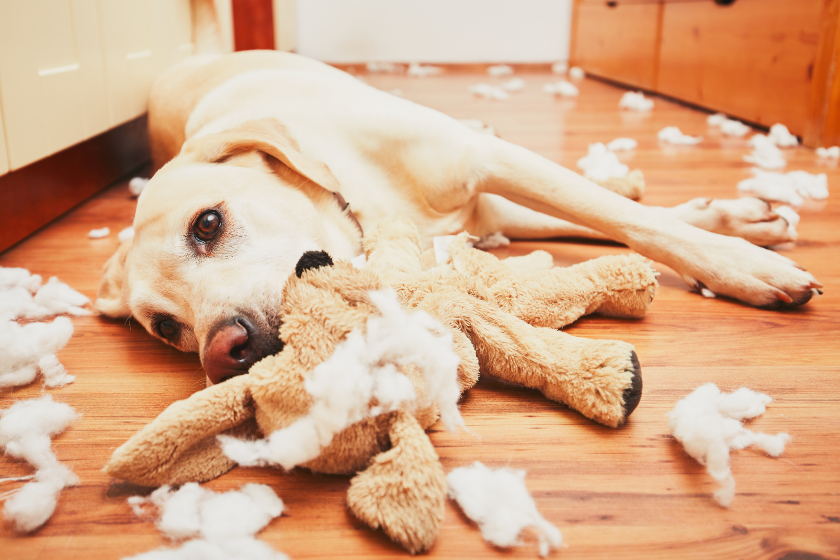
Destructive behavioral problems are usually linked to separation anxiety or excessive energy. When dogs are anxious or bored they might engage in destructive behavior simply for something to do or to calm their nerves. Reprimanding a dog that is showing destructive behaviors is not the answer. Dogs are not acting this way out of spite, but rather are trying to tell you that something isn't quite right. Consulting a professional dog trainer or dog behaviorist can help.
Rescue dogs will bring an unconditional level of love to your life, but they will test your patience, and need some help to become a successful family member. Understanding rescue dog behavior can help you and your new dog become best friends. With love and lots of patience and training, you'll have a loyal, loving new member of your family.
What types of rescue dog behavior have you experienced? Tell us on the Wide Open Pets Facebook page!
